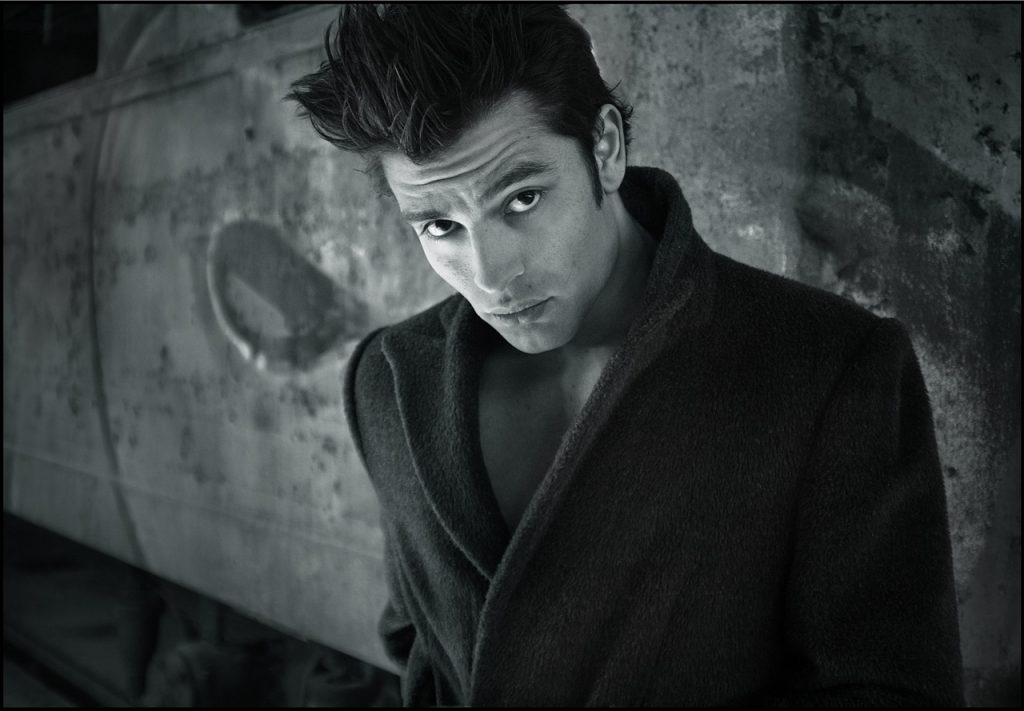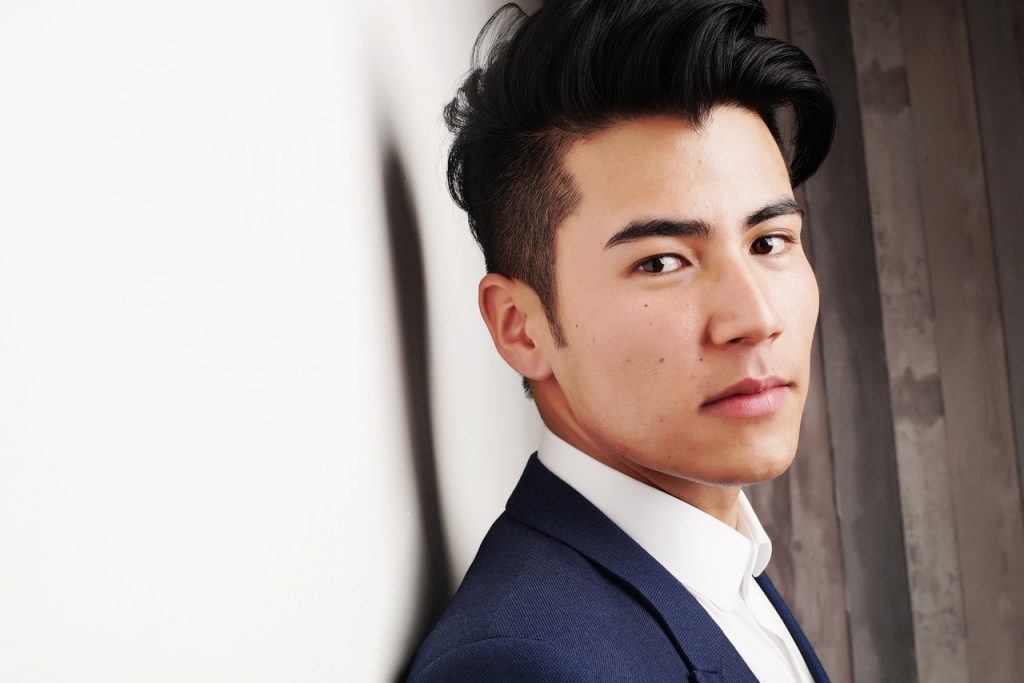A Popular TikTok Hairstyle Has An Ancient History
A popular TikTok hairstyle was resurrected from ancient times.
This article is more than 2 years old

Trends, especially fashion trends, ebb and flow with the passage of time, many of which are resurrected decades later. How does the saying go? “What once was old is new again”. Bell bottoms of the 70s saw a revival in the early part of the new millennia, and the high-waisted jeans and crop top duo that was popular in the 90s is now “in” once again. However, all of these old-now-new trends have been revived in recent history, but according to The New York Times, a popular hairstyle made famous by TikTok actually has roots that trace back to ancient times.
The TikTok hairstyle in question is largely popular amongst its Generation Z users and is characterized by wispy locks of wavy or curly hair splayed across the top of the head and forehead. The hairstyle rose quickly in popularity when it was adopted by famed TikTok users like Bryce Hall, Noah Beck, and Josh Richards. All of whom have enormous followings, with Noah Beck leading the pack at 31.2 million followers.
Additionally, The popularity of the TikTok hairstyle often referred to as “TikTok boy hair” has prompted numerous users to create tutorials for others describing how to accomplish the coveted do. For instance, Darrell Jones, who often enlists the help of his girlfriend in order to accomplish his signature style, has one of the most popular how-to videos on TikTok with 1.8 million likes and nearly 11 thousand shares. Check it out below.
However, while this TikTok hairstyle might currently be dominating the heads of young male Zoomers everywhere, what actually makes it interesting is that this particular hairstyle actually dates back to antiquity. Katherine Schwab, who is a professor of art history and visual culture in the department of visual and performing arts at Fairfield University explained that the roots of this hairdo can be traced back to ancient Greece and Rome. By her account via The New York Times, “The current trend in question follows two important cardinal rules of hair for men during those ancient times: first, that the hair is brushed forward from the crown toward the forehead (following the direction the hair naturally grows in) and second, and perhaps most important, the tresses are visibly textured.”

Schwab continued by explaining she showcased this “new” TikTok hair at an art history gallery back in 2015 (well before the style was popular) through her exhibition titled “Hair In The Classical World.” She detailed further that Alexander the Great was likely one of the first to adopt this hairstyle, to which Schwab’s co-curator Marice Rose coyly remarked that in a sense Alexander the Great was the very first influencer because that particular hairstyle went on to become one of the most popular of the time. It seems like even though everything about society has changed since the times of the ancients, there are some things that just don’t.
Rose went on to detail that the hairstyle that those men of the time wore was meant to communicate something about themselves. In a way, their hairstyle defined them, much like the TikTok style of today serves as a way for those young men to make a public statement about themselves without really saying anything at all. So, even though humanity’s platform for communication has changed, this resurrected hairdo at its core, at an innate level serves as an example that even though centuries have passed, the components that make all of us human have remained unchanged.




